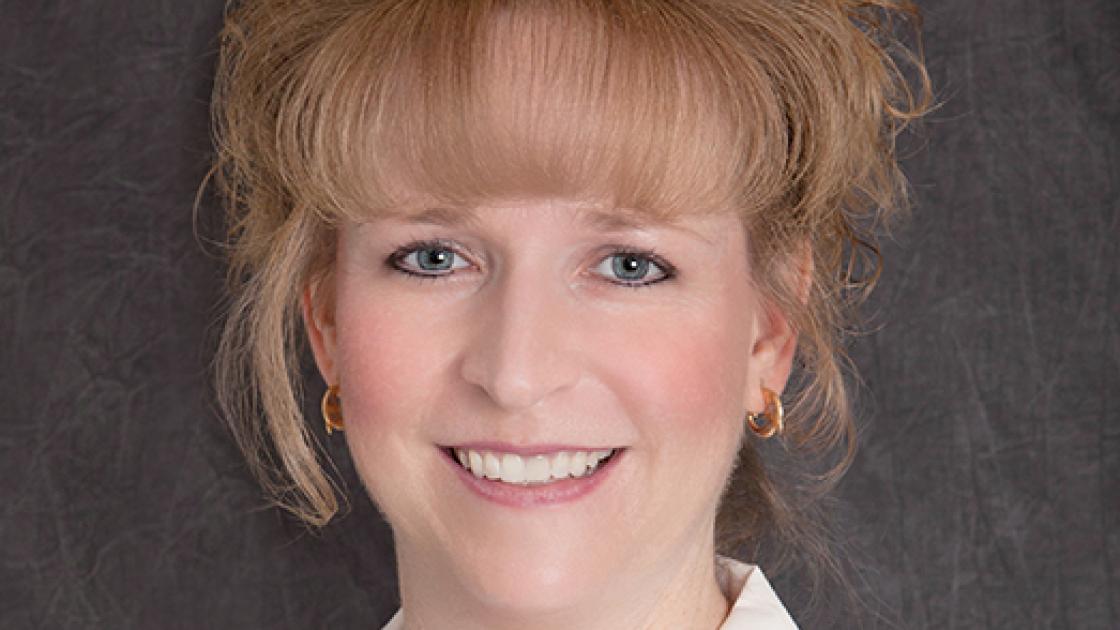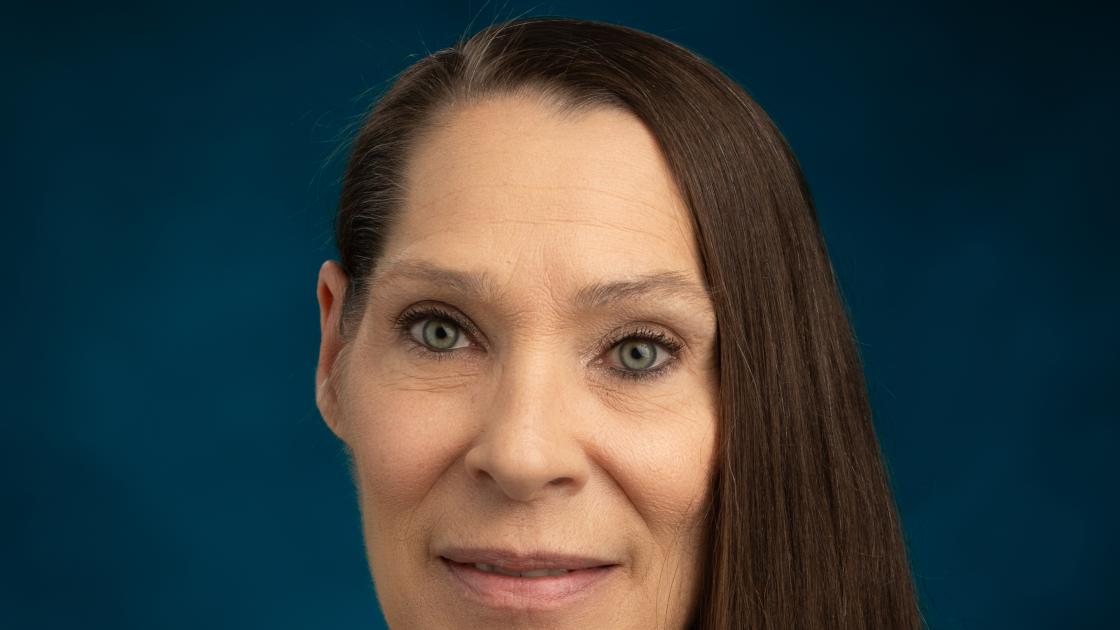New approaches needed to battle chronic diseases post-COVID
Six in 10 Americans live with at least one chronic condition, such as heart disease, stroke, cancer or diabetes, according to the Centers for Disease Control and Prevention. Chronic diseases also represent 7 of the top 10 causes of death in the U.S. The burden that chronic conditions place on the U.S. health care system is substantial. And SIU Medicine has been responding.
Since early 2020, health care systems around the world have been adapting to the pressures of the COVID-19 pandemic. Now deep into its second year, its impact cannot be understated. Physicians and public health agencies must constantly consider how an easily transmittable respiratory virus will affect populations already weighted with pre-existing chronic health problems.
A new CDC Report suggests the effects could be profound. Heart disease, diabetes, cancer, chronic obstructive pulmonary disease (COPD), chronic kidney disease and obesity are all conditions that increase the risk for severe illness from COVID-19.
In addition to the staggering number of COVID-19-related deaths since February 1, 2020, increased mortality rates have been seen among people with dementia, circulatory diseases, diabetes and other causes. These upticks could reflect undercounting COVID deaths or indirect effects of the virus, such as underutilization and stress on the health care system.
Studies have shown some racial and ethnic groups, including African Americans, Hispanics and Native Americans, have both a disproportionate burden of chronic disease and COVID diagnosis, hospitalization and death. They are at a higher risk due to their social determinants of health (SDoH). These are factors that influence the health of people where they live and work, and can create obstacles that contribute to inequities. Education, employment, housing, poor or no access to health care, lack of access to healthy foods, structural racism and other conditions all impact a range of health outcomes.
Government and health care officials have acknowledged the importance of addressing the SDoH as far back as 2005. These entrenched problems amplified the toll from COVID-19 across vulnerable populations. Dr. Anthony Fauci, director of the U.S. National Institute of Allergy and Infectious Diseases, stated at a press conference in April 2020, “Health disparities have always existed in the African American community. This crisis is shining a bright light on the unacceptable health disparities… and the disproportionate suffering caused by the disparities.”
A 2021 Harvard study showed racial disparities also have not meaningfully improved over the last 20 years. Structural and systemic inequities persist, leading to a higher burden of comorbidities and worse health outcomes. The research shows rural communities face similar barriers in accessing health care services: increased rates of poverty, living in disadvantaged areas with less access to healthy foods and pharmacies, as well as worse access to health care services such as primary and preventive care. Rural areas in particular have experienced a decline in primary care and specialist physicians along with an increase in rural hospital closures.
These findings are significant, but they are not news to John Flack, MD. Flack is chair of SIU’s Department of Internal Medicine and has studied hypertension and other cardiovascular health problems for his entire career. His department’s physicians and staff regularly assist patients grappling with a multitude of chronic conditions.
“Prior to COVID, I could make a pretty good case that the U.S. health care system does not do a very good job of taking care of chronic diseases,” Flack says. “COVID made it worse because it precluded a lot of patients from making regular doctor visits, offices weren’t open, and folks were fearful.”
The CDC report found the pandemic has resulted in decreases of many types of health care utilization, ranging from preventive care to chronic disease management and even emergency care. Cancer screenings, for example, dropped during the pandemic. The result: diagnoses of fewer cancers and precancers that could result in nearly 10,000 preventable deaths in the United States.
Ground was lost in prevention across the chronic disease spectrum and in other areas, including pediatric immunization, mental health and substance abuse.
Health care officials will face numerous challenges in the post-pandemic environment:
- What is the status of prevention and chronic disease management within their health care systems?
- How has the pandemic exacerbated inequities from the social determinant of health?
- How has community trust been affected during the mitigation efforts and vaccine rollouts?
The CDC report outlined ways that these problems could be managed through heightened awareness, collaborations, trust building and innovation.
SIU Medicine has been taking proactive steps to bolster health outcomes well ahead of the pandemic’s emergent needs. Since 2018, Community Health Workers (CHW) have been making progress in neglected neighborhoods in Springfield, connecting residents to social services and family health care providers through the federal Affordable Care Act. The Office of Community Care had successfully expanded its training sessions for CHWs across the state prior to the COVID outbreak. The program pivoted to begin training Pandemic Health Workers in 2020.
Begun as an office in 2016, SIU’s Department of Population Science and Policy (PSP) was established to study the specific needs of large groups within our region and create overarching programs to boost wellness and educate patients and policymakers alike. PSP Chair Sameer Vohra, MD, JD, says, “Complicated problems require multi-disciplinary answers. You need to build the path to change a societal problem…” Personnel have initiated studies and programs on early childhood development, cancer within rural populations, medical-legal partnerships and opioid addiction, to name a few.
This spring, the Illinois General Assembly passed a pair of new laws to improve equity in health care and support regional collaborations in underserved communities. The laws create new health programs, increase oversight and training, expand CHW certification, and establish a Behavioral Health Workforce Education Center and training programs to address bias in medicine.
While government support is a positive step, Dr. Flack anticipates major restructuring will be coming to departments and practice plans within the next decade, requiring health care systems to be better designed to care for people with chronic diseases.
“Doctors need to be embedded within multi-disciplinary teams that include specialists, nurse practitioners, nutritionists, social workers, a whole host of people working together to provide care. And to do it in ways that aren’t folded into a short office visit,” he says.
Increasingly, the health care industry uses metrics to measure satisfaction and outcomes for patients. State and federal programs link reimbursements to the level of success that providers attain.
Flack believes that in the future, health care systems are going to be paid global fees to care for groups of people. The practices will have to decide how to allocate funding to reach the desired outcomes.
Gains can be found in reimagining the system to combat chronic diseases. Costs associated with education and prevention programs – a staple of the PSP department and Federally Qualified Health Centers at SIU – are markedly lower than treatments for patients already in the crosshairs of a serious illness.
“It’s exciting to think about,” says Flack. “I know that we can do better. There’s ample evidence that we don’t do as good a job of taking care of people with chronic diseases as consistently as we need to, not because we don’t know how. It’s because of the barriers within the system we’re using.”
“Things like the ability to get out and exercise, transportation, safe housing — they disproportionately affect folks who are economically challenged and less educated. But even educated people have barriers to access. We’re not going to get rid of all the social determinants of health, so we’re going to have to figure out how to re-engineer our systems to help the patient overcome them,” he says.
“Ultimately meeting this challenge will be very rewarding for health systems, and I want SIU to be in the center of it.”



